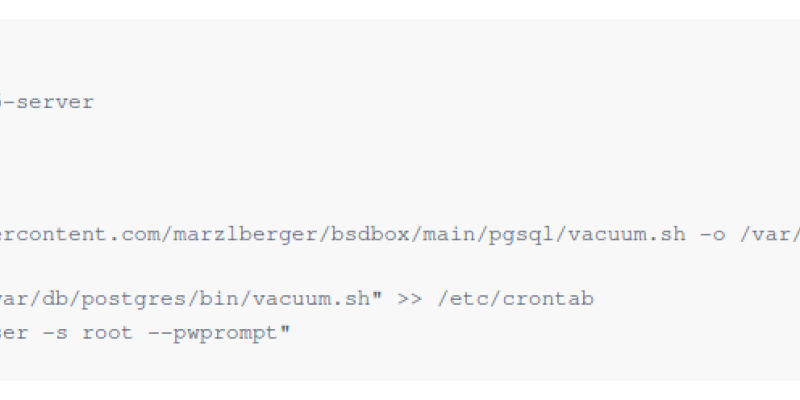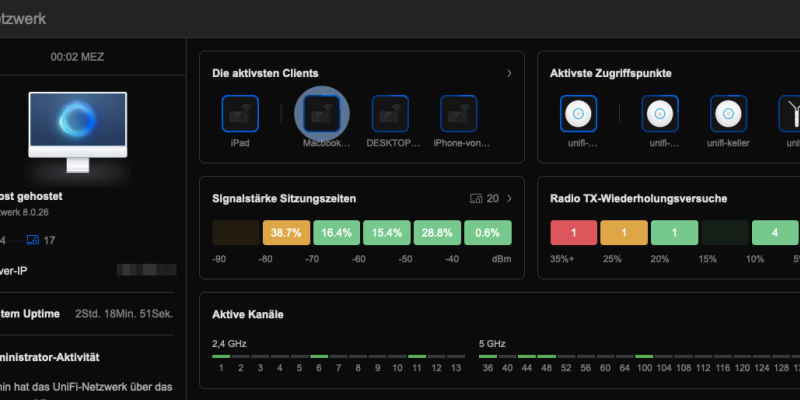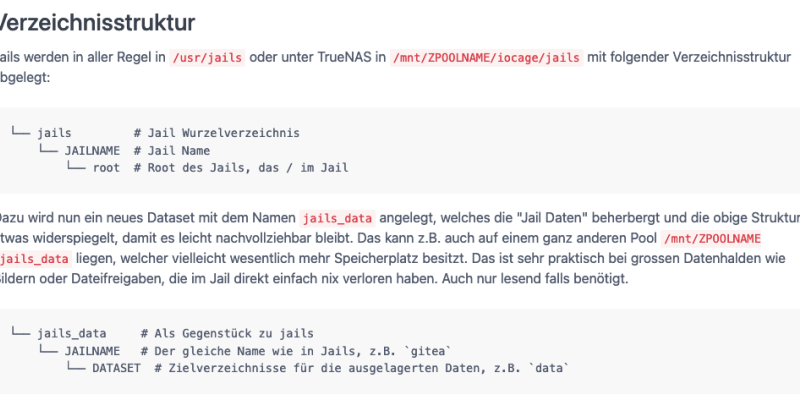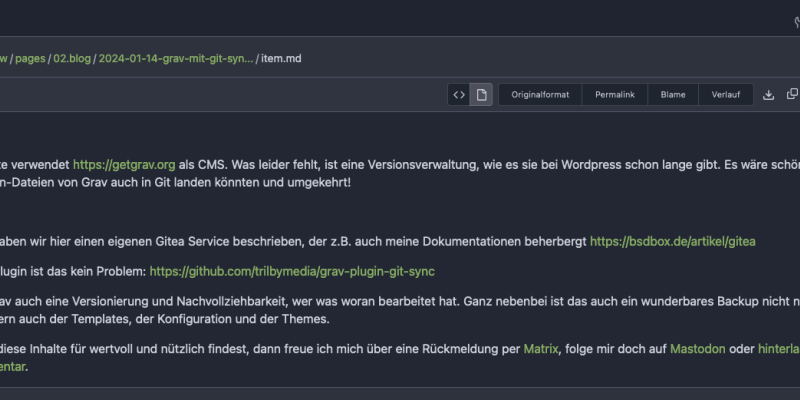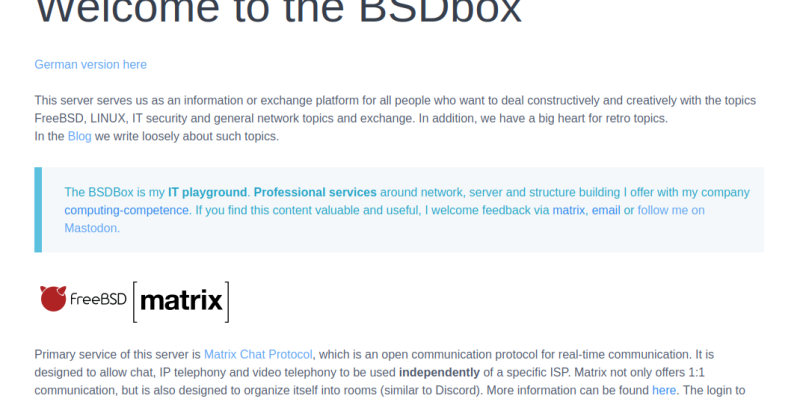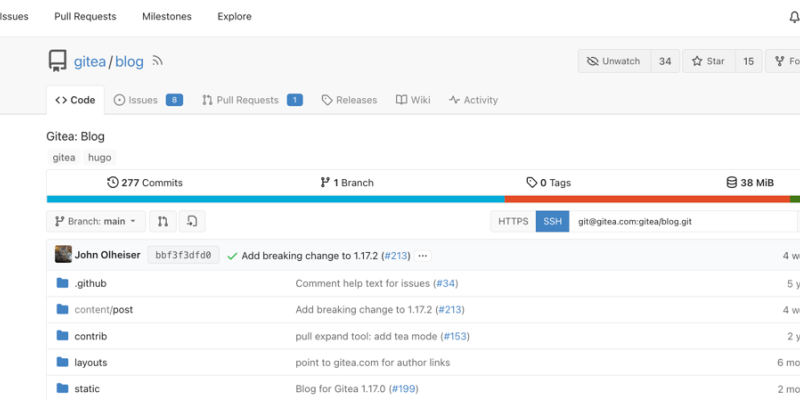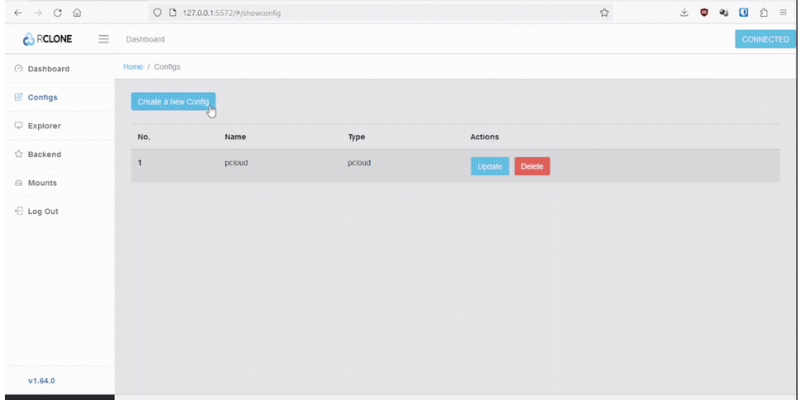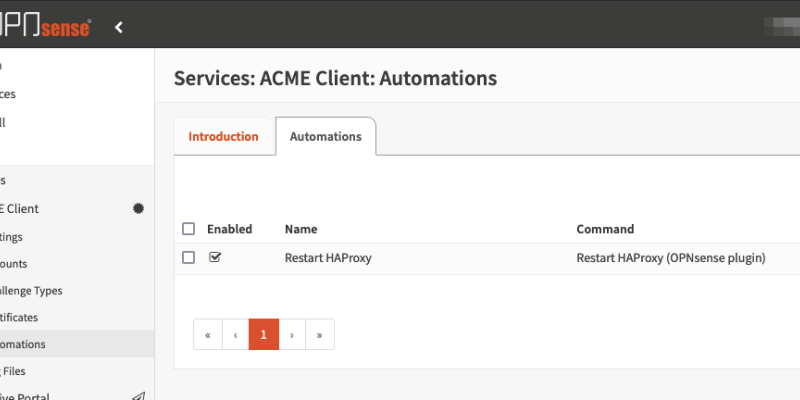Follow me on the path through various open source projects and my experiences with them.
As soon as a new article appears here, you will be informed by us. Simply subscribe to my RSS news feeds. Behind the complicated-sounding name is a small file that you can subscribe to with your Internet browser (Chrome, Firefox, Edge, Safari ...) or a special RSS reader (e.g. Thunderbird or Feedly). As soon as a new article appears here, the program automatically retrieves the new article. The link to the RSS feed is: https://bsdbox.de/en/blog.rss
Over the last few days, I have continued to work on the structure of the website and the articles in the background. In addition to an extensive "standardisation" in terms of structure and layout, two separate articles were also created as the basis for others:
The UniFi Controller Management Interface enables the management of UniFi devices and the display of network statistics. The installation effort is minimal and quickly completed.
At the weekend I had to move a NodeBB forum. It's actually quite simple, as only the database and the NodeBB directory need to be copied. Actually.
In this article, I described and updated again how important directories are placed externally in TrueNAS or FreeBSD in order to store data independently of the jail. So I can refer to it again and again in other articles.
This website uses https://getgrav.org as CMS. What is unfortunately missing is a version management system, as has long been available with Wordpress. It would be nice if the Markdown files from Grav could also end up in Git and vice versa!
Done, the website was also translated into English as part of the updates.
The Vaultwarden article series has been fundamentally restructured and updated.
Update of the article TrueNAS on pCloud automatic and encrypted backup".
Details have been adjusted and a video for the rclone Webgui has been added as a quick walkthrough.
If the ACME plugin in OPNsense renews the certificates every 90 days, all services based on these certificates (HAProxy) will need a restart. In this case it is very advantageous that the "automation" can be done directly with the certificate renewal.
